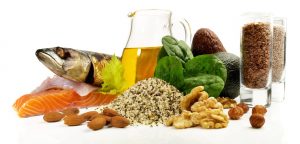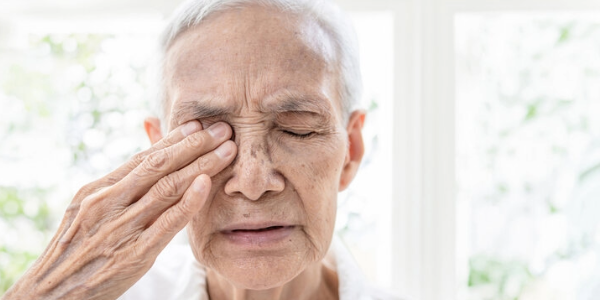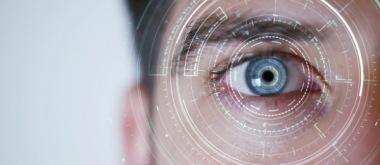Changes in vision are among the most well-known effects of aging. If you sit in a dimly lit restaurant with someone over 60, you may hear them say, “Wait a minute—I’ll get my phone out. I need more light to read the menu!” But what if age-related vision loss could actually be reversed? Researchers at UC Irvine have been exploring this question and investigating a potential treatment that aims to slow or even reverse the “aging” of the eye while preventing age-related diseases such as macular degeneration (AMD).
“We are demonstrating the potential for reversing age-related vision loss,” explains Dr. Dorota Skowronska-Krawczyk, associate professor at the Department of Physiology and Biophysics and the Department of Ophthalmology and Visual Sciences. The study, conducted in collaboration with scientists from the Polish Academy of Sciences and the University of Health and Medical Sciences in Potsdam, presents findings published in Science Translational Medicine under the title “Retinal polyunsaturated fatty acid supplementation reverses aging-related vision decline in mice.”
Understanding the “Aging Gene”
This research builds on previous work on elongation of very long chain fatty acids protein 2 (ELOVL2), an established biomarker for aging. “We have shown that we see worse when this ELOVL2 enzyme is not active,” says Skowronska-Krawczyk, who is also affiliated with the Robert M. Brunson Center for Translational Vision Research at the UC Irvine School of Medicine. In that earlier study, increasing ELOVL2 activity in aging mice led to an increase in the level of the omega-3 fatty acid docosahexaenoic acid (DHA) in the eye and an improvement in vision. The new research aimed to find a way to achieve similar benefits without relying on the ELOVL2 enzyme.

With age, changes in fat metabolism lead to a decrease in the amount of very long-chain polyunsaturated fatty acids (VLC-PUFAs) in the retina. This decline can impair vision and contribute to AMD. The ELOVL2 gene plays a critical role in the production of VLC-PUFAs and DHA. When the researchers injected older mice with a specific polyunsaturated fatty acid, their vision improved. “This is proof of concept that lipid injections can become a potential therapy,” says Skowronska-Krawczyk. “Importantly, we did not observe the same effect with DHA.” Others have also questioned DHA’s ability to slow the progression of AMD.
“Our work really confirms that DHA alone is not enough, but we have this other fatty acid that appears to work and improves vision in older animals,” says Skowronska-Krawczyk. “We have also shown at the molecular level that it actually reverses the signs of aging. In addition, the researchers found genetic variants in the ELOVL2 enzyme that correlate with faster progression of AMD. “Now we actually have a genetic link between the disease and its aging aspect,” says Skowronska-Krawczyk, “so we could potentially identify individuals who are at higher risk for progression of vision loss.” This could lead not only to therapeutic treatment options, but also to targeted preventive measures. These findings have further reinforced Skowronska-Krawczyk’s view of the importance of the ELOVL2 enzyme. “I am quite convinced that it is one of the most important aging genes that we should investigate in terms of anti-aging therapies.”
Looking Beyond the Retina
In collaboration with researchers at UC San Diego, Skowronska-Krawczyk has also begun to investigate the role of fat metabolism in the aging of the immune system. This study found that the lack of the ELOVL2 enzyme induces accelerated aging of immune cells, suggesting that systemic lipid supplementation could potentially counteract the effects of age on the immune system. She also suggested that fat metabolism may play a role in blood cancer. “Our initial study investigated a potential therapy for vision loss,” says Skowronska-Krawczyk, “but with the information we have since gained about the aging of the immune system, we are confident that supplementation therapy will also strengthen the immune system.”





